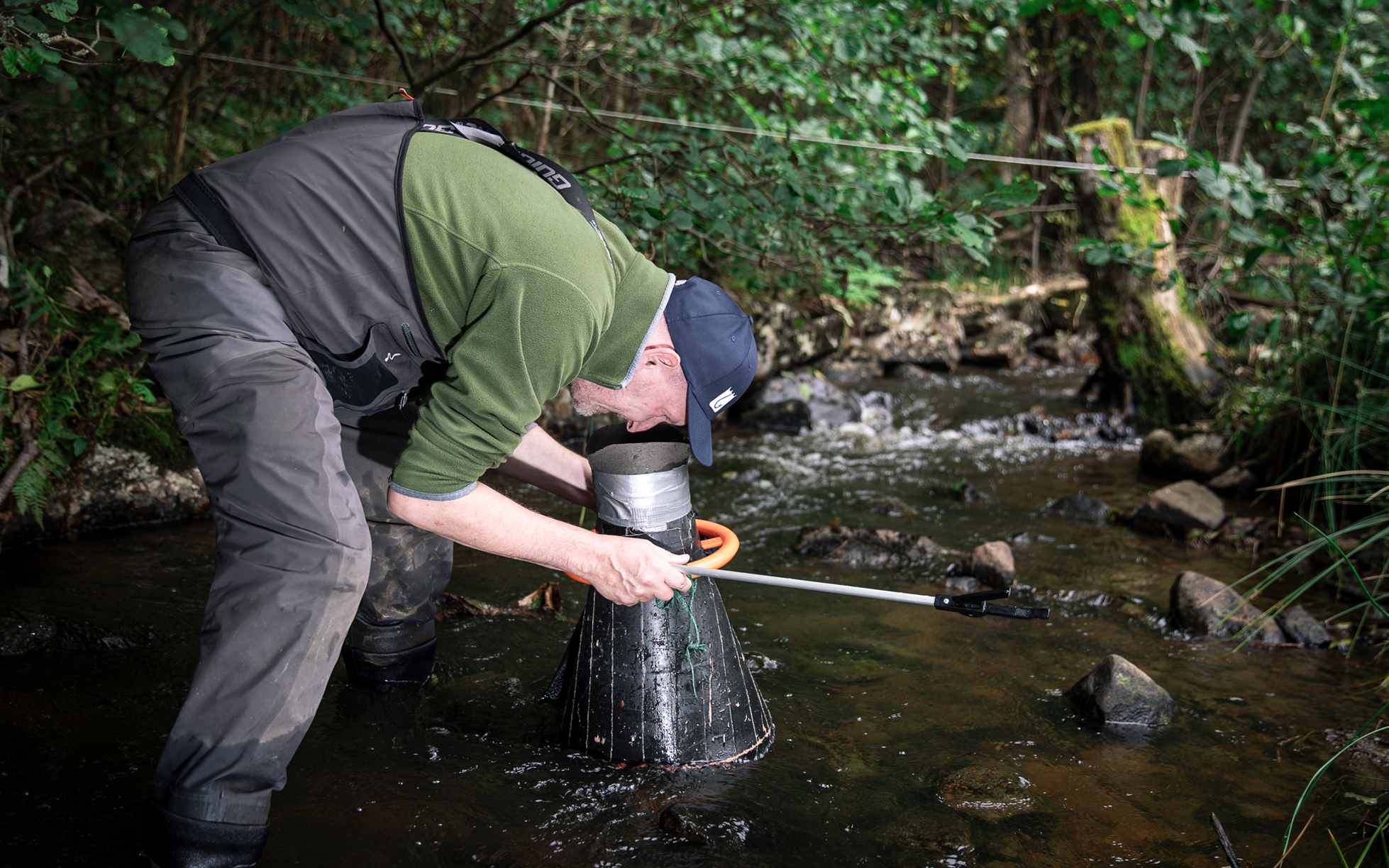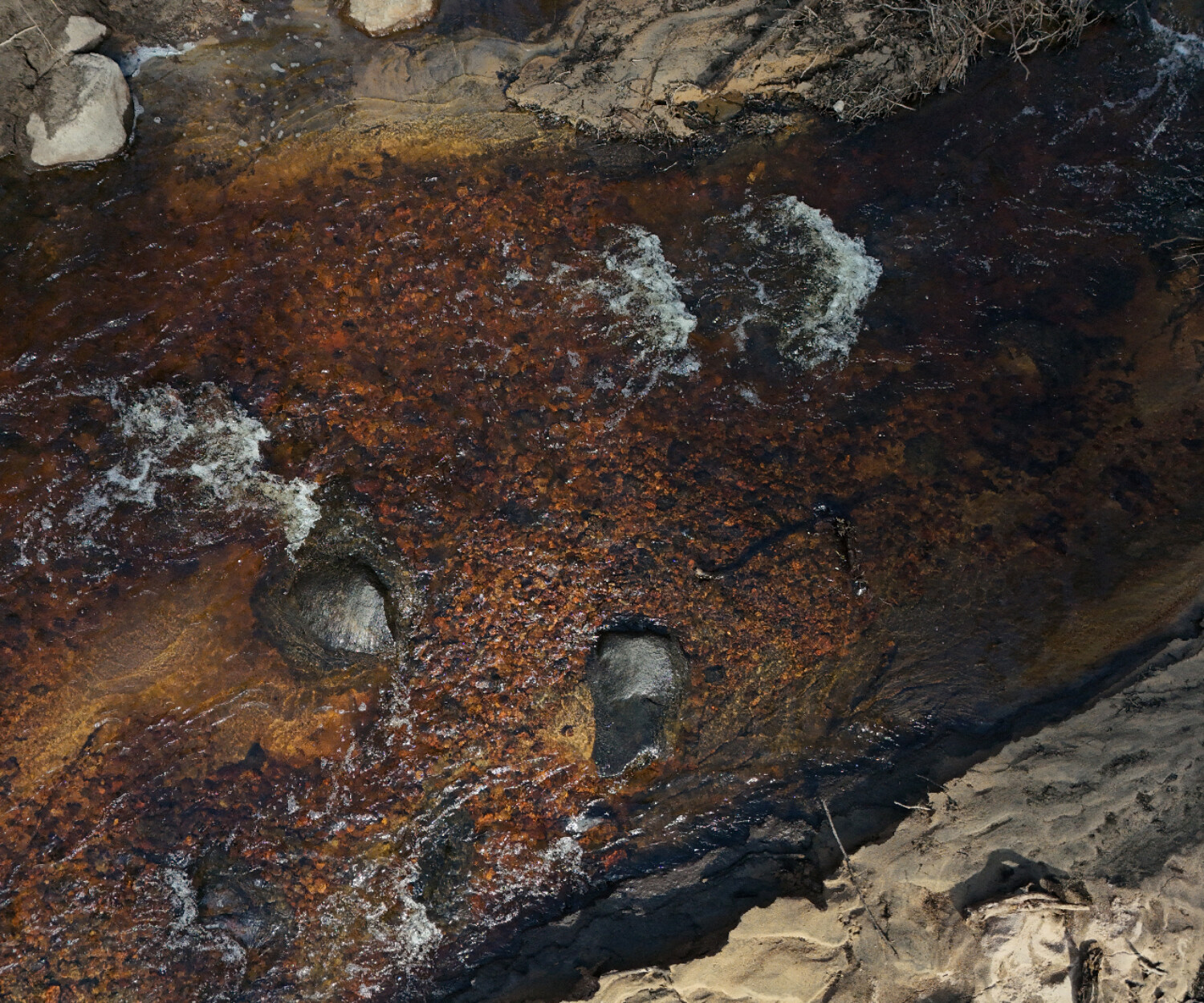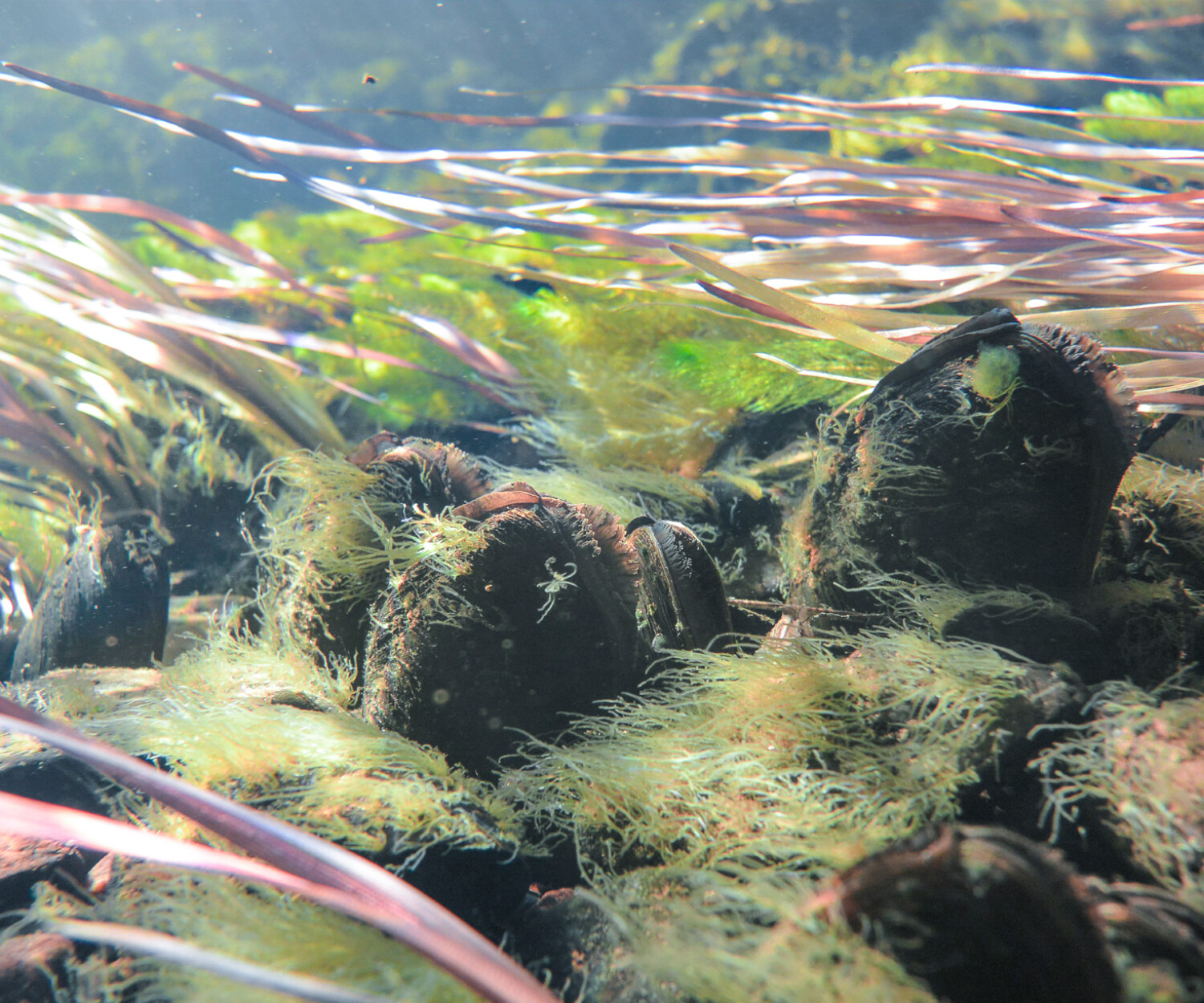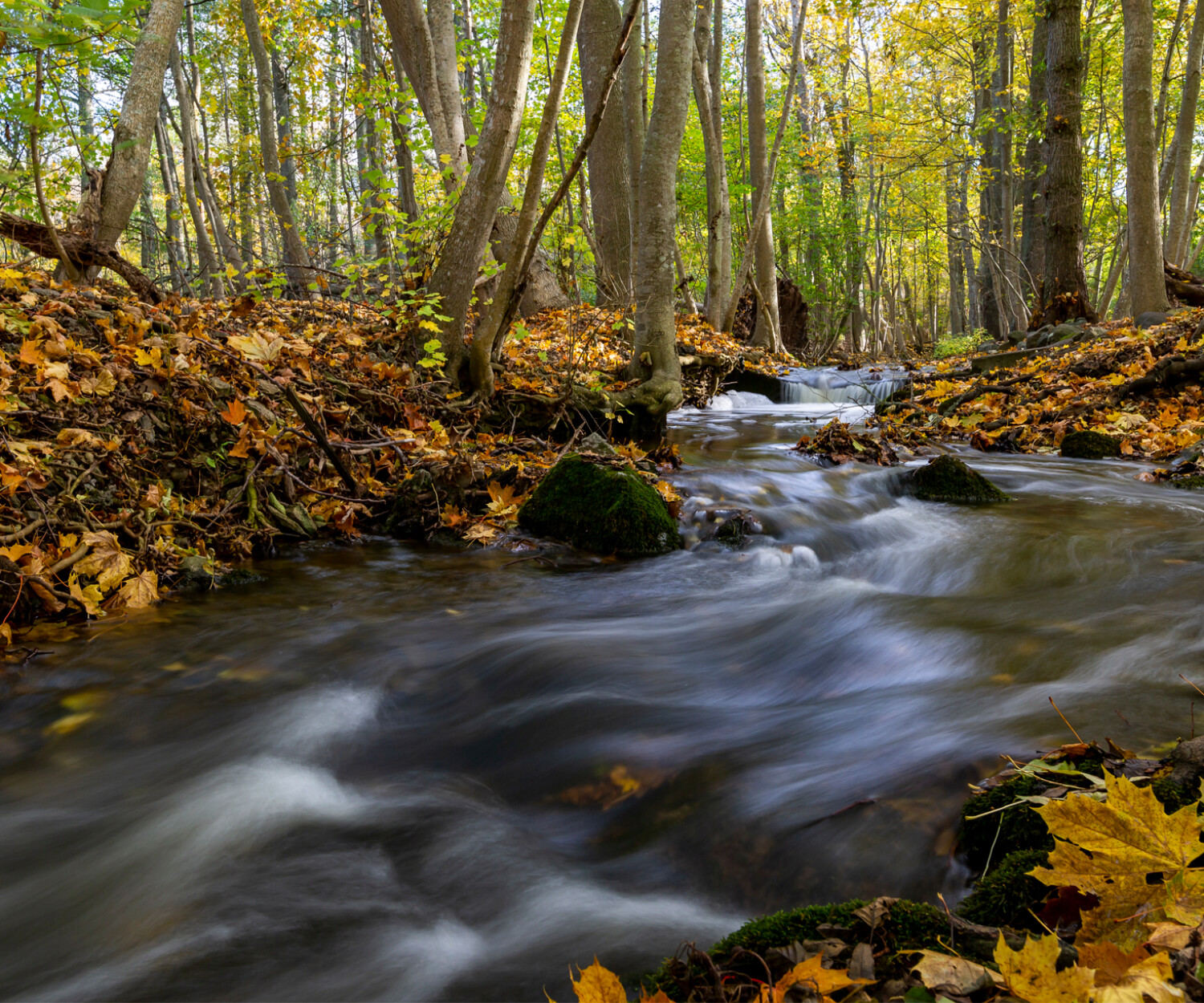River pearl mussel
Ecosystem water purifier
A long-lived freshwater mussel
The river pearl mussel(Margaritifera margaritifera) is a long-lived freshwater mussel that can grow up to 16 cm in length and live for over 200 years in favorable conditions. It is found in flowing streams with gravel and rocky bottoms, and its survival is strongly linked to the presence of host fish such as salmon and trout.
The river pearl mussel has a complex life cycle that includes a life stage in which they live as parasites on host fish as they attach to the gills of the fish as glochidial larvae to develop into small mussels. Only a small proportion of the larvae survive to adulthood, but this is compensated for by the species’ high fecundity and long lifespan. The species requires oxygen-rich and nutrient-poor water with stable pH conditions to reproduce.
Has disappeared from many waters
In Sweden, the pearl mussel has disappeared from a third of its former habitats since the 20th century. Today, it is found in around 600 watercourses in the country. Local populations can range from a few individuals to millions of mussels. The species relies on trout and salmon as host fish and they also enable dispersal and genetic exchange between different mussel populations.
Threats to the species
The survival of the species is threatened by factors such as siltation, seabed destruction, acidification, hydropower development and pollution. Modern forestry and agriculture often have a negative impact by increasing sedimentation and degrading water quality. Invasive species such as signal crayfish and muskellunge can also negatively affect mussels through predation.
The river pearl mussel needs salmon or trout to reproduce.
Measures to strengthen stocks
The pearl mussel is fully protected under Swedish law and is protected under the EU Habitats Directive. To strengthen the populations that exist today, comprehensive measures need to be implemented. This includes preserving and restoring their habitats, but also the habitats and distribution of their host fish by removing migration barriers.
Host fish to help
The river pearl mussel also acts as an environmental indicator and can store information on water quality in its shells. The species is of great scientific and ecological value, but extensive efforts are needed to conserve and restore functioning populations. One way is to catch host fish and put them in tubs with pregnant mussels to help more larvae attach to their gills. They are then released back into the watercourse where the larvae can grow into small mussels that drop and burrow into the bottom. After a few years, they have developed into adult mussels and can contribute to reproduction.


Open up to the fish
Barriers to migration
Removing migration barriers and opening up the river pearl mussel’s host fish, salmon and trout, will increase the species’ ability to reproduce. Barriers to migration come in many forms, from natural to man-made dams and power plants. In some cases, a good solution may be to build a wildlife passage to allow fish and other organisms to bypass the migration barrier.
Project news coverage
Read about the project's work on the river pearl mussel
During the project periods, several actions will be taken to improve the habitats of the river pearl mussel. Below are the three latest news items focusing on the pearl mussel.





